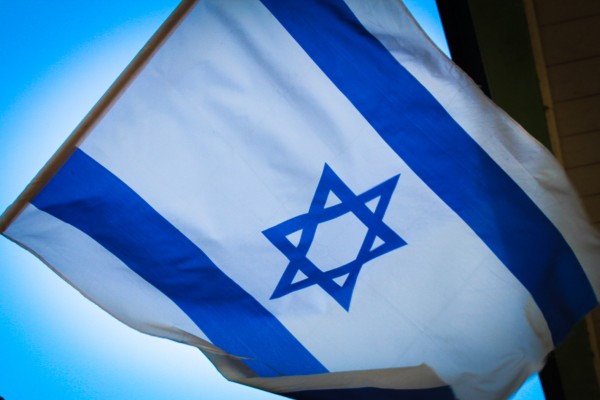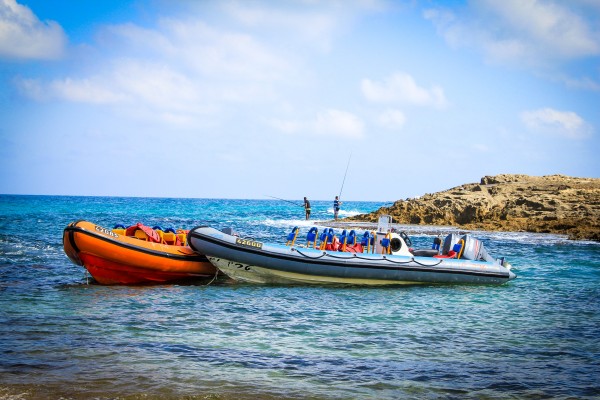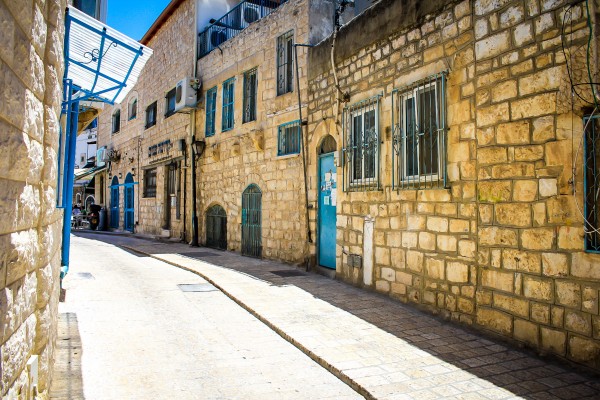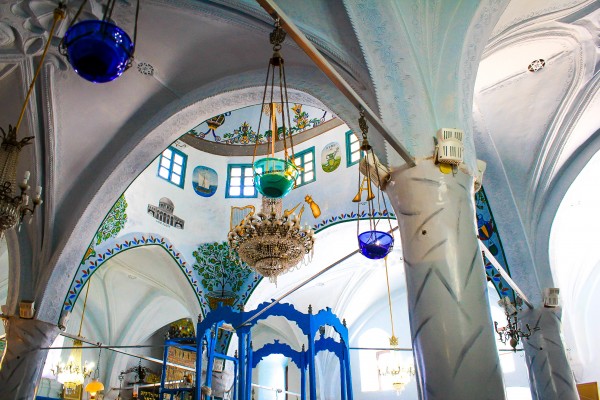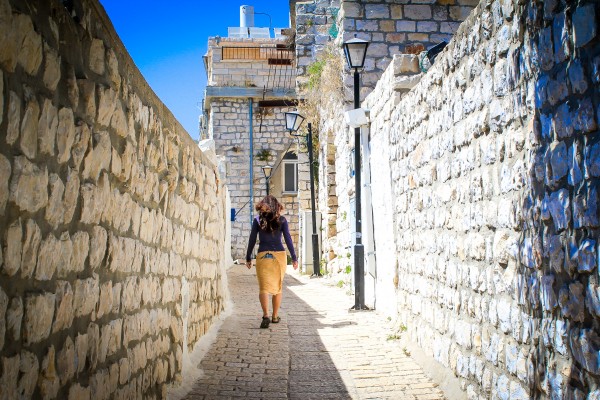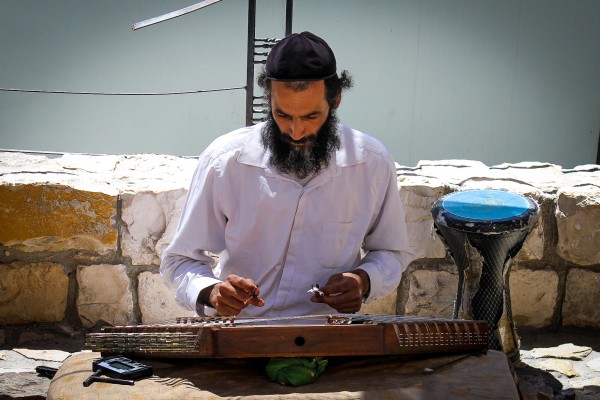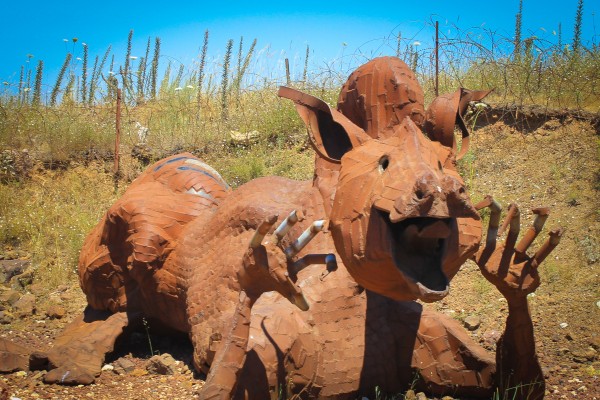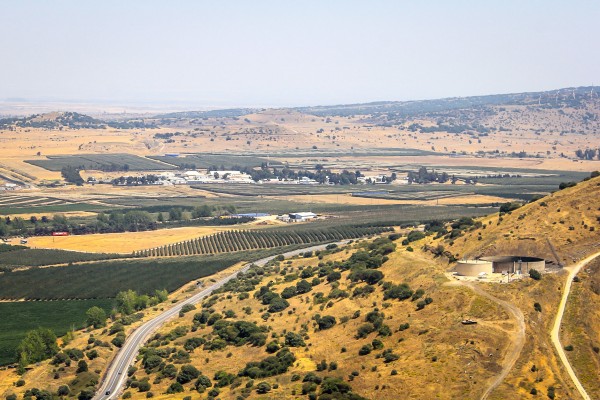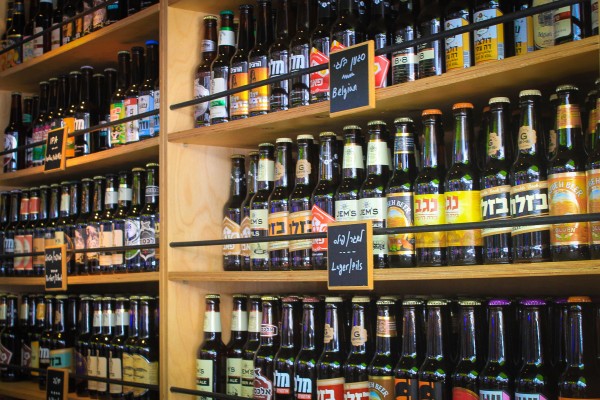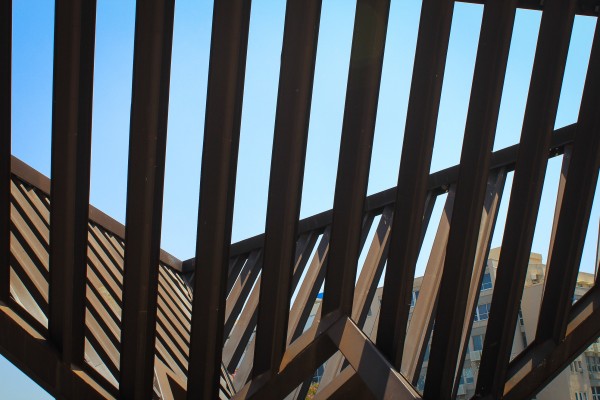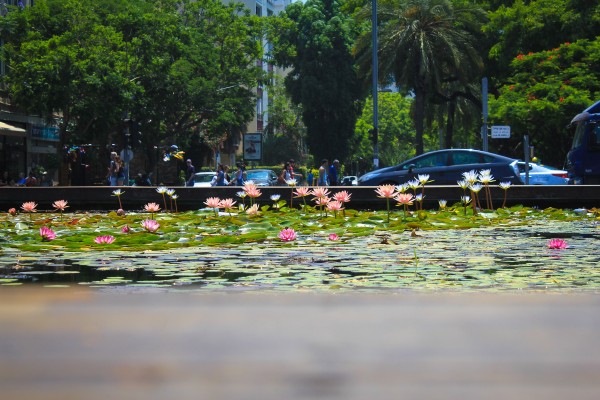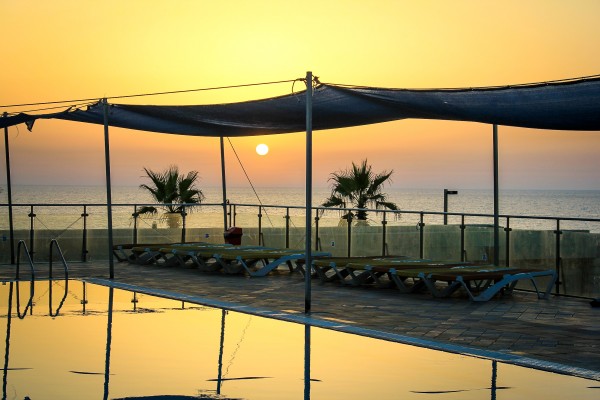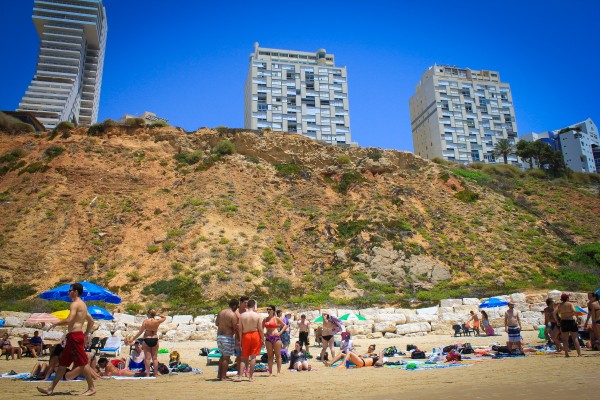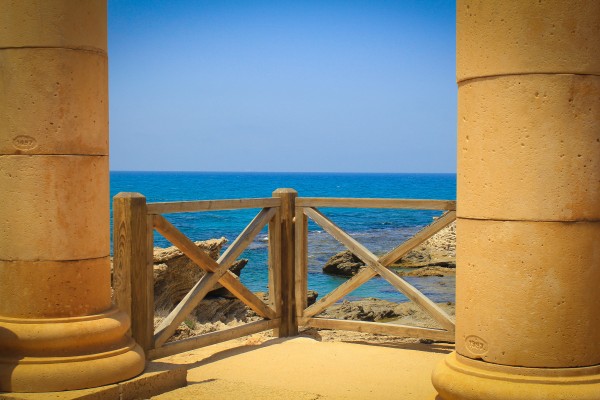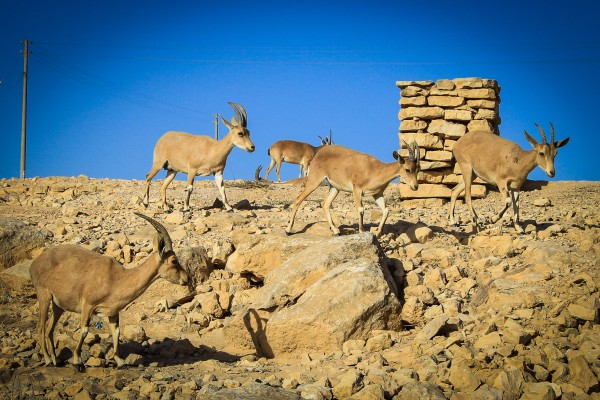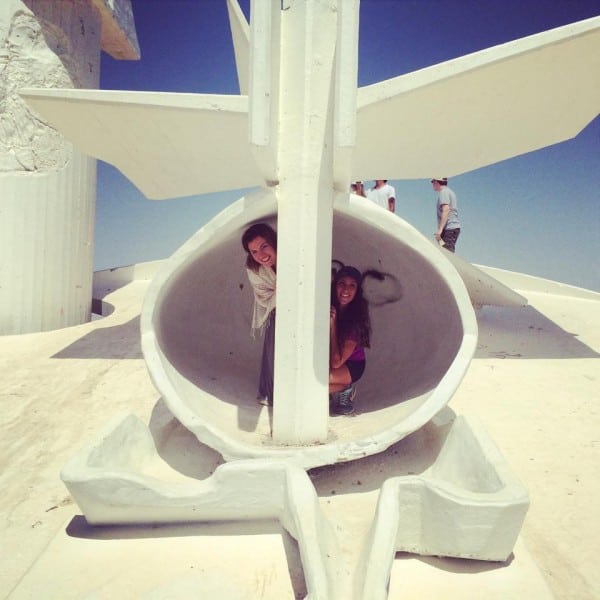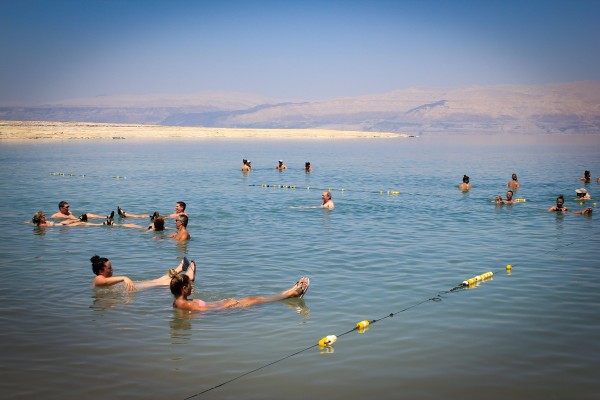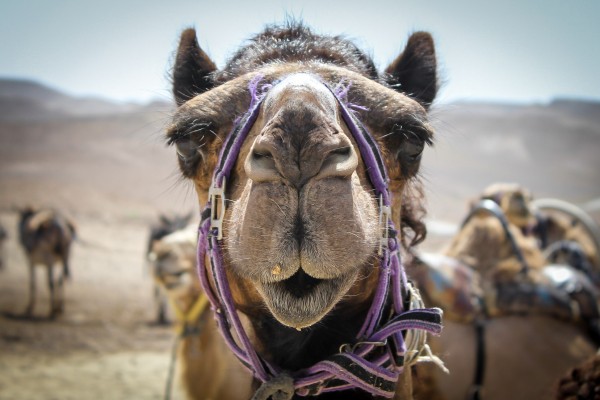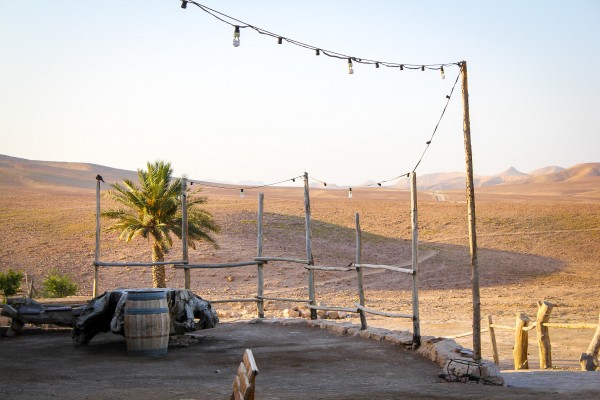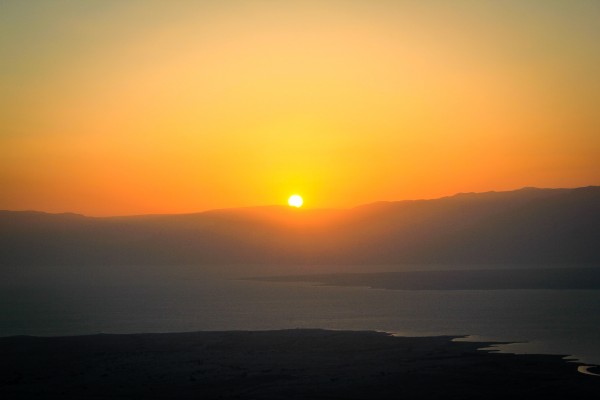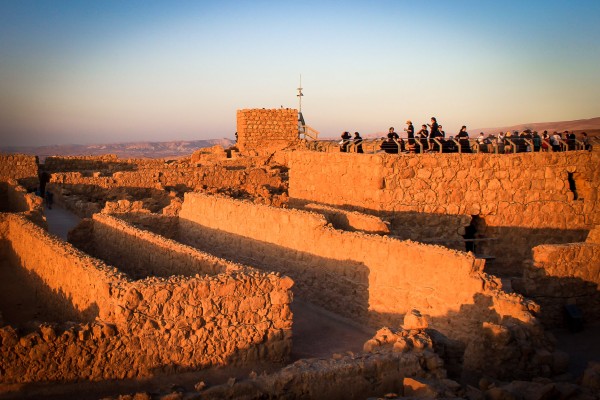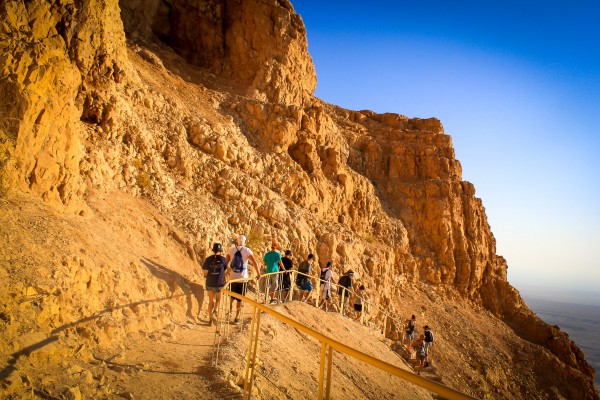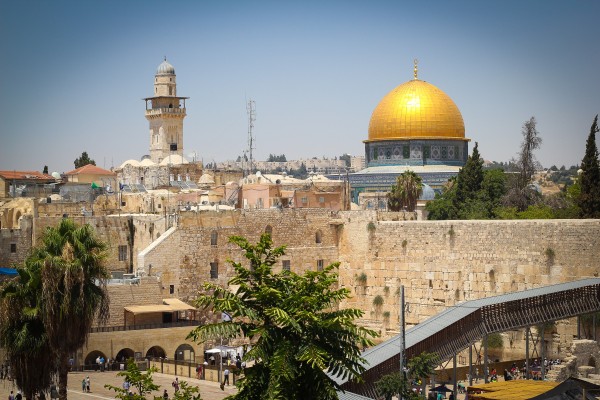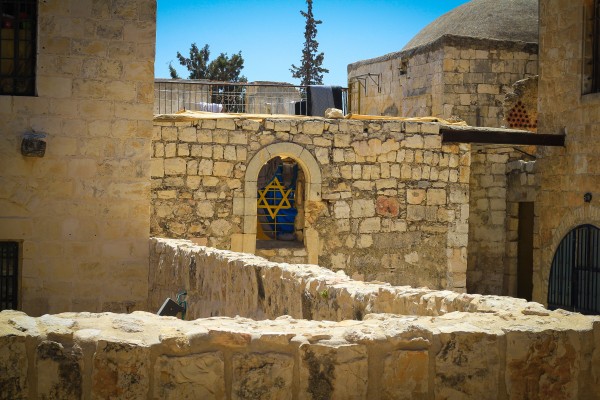My Photo Journey on Birthright Israel
Israel’s flag against a cloudless blue sky.
Run, don’t walk, Taglit-Birthright Israel is a 10-day all expenses paid trip for Jewish twenty-somethings. While still eligible (younger than 26) I signed up for what would be a life changing trip around Israel with 40 others who would become my new friends. From hiking mountains, visiting holy cities, floating in the Dead Sea, exploring the desert, and visiting historic sites, we really did it all in one jam packed excursion just over a week. Birthright Israel is a culturally enriching, educating and life-long friendship building trip of a lifetime. All you have to do is fight your jet lag and accept that you won’t sleep much.
The Birthright crew on my journey.
Understandably, some people are skeptical about visiting Israel during times of continued conflict and unrest, but I felt safe throughout my entire Birthright trip. The Israeli Defense Force (IDF) does an exceptional job at keeping their “brothers and sisters” safe. I was impressed how organized and on top of information the Birthright group was regarding our safety and any news we might need to know. Our trip leaders always phoned in to the Taglit-Birthright headquarters and the Israel Ministry of Tourism to get clearance to travel to our next destination. Protected by our Israeli tour guide, a medic and six soldiers, we experienced all the beauty and history of Israel without feeling at risk or in danger. Here’s a glimpse at the beautiful people I met and places I visited throughout my journey.
Boating on the Mediterranean Sea
Boating on the Mediterranean.
Our first official day in Israel we rose at the crack of dawn and headed out to the northern coast for a morning boat ride on the Mediteranean Sea. The shore was rocky, but the water was blue and beautiful. From the boat we could see the border of Lebannon and Israel. It was a bit sobering to see how close Israel is to a country they were at war with not so long ago.
Safed
Exploring the cobbled streets and turquoise doors of Safed.
Our next stop was the holy city of Safred. It’s one of Judaisim’s four holy cities along with Jersualem, Hebron and Tiberias. Safed’s a quaint city situated at 2,953ft above sea level, making it the highest city in Israel. Safed is home to the Kabbalah Movement (Jewish mysticism) and once served as a refuge for Jews fleeing the Spanish inquisition in the 15th century. Safed is currently home to many artists and musicians. It’s one of my favorite places we visited because of the old city charm, the stunning views, Israeli art and the beautiful synagogues.
And for those of you who didn’t make the Birthright boat (cut off is 26 years old), don’t fret. Check out OTPYM’s other tips for visiting the Holy Land, like running the hilliest and holiest: Jerusalem marathon.
Inside the Abuhav Synagogue.
Walking the holy city streets.
A street musician in Safed.
Mount Bental
At the top of Mount Bental.
We visited Mount Bental, a dormant volcano located in the Golan Heights. The vantage point from Mount Bental was pretty impressive. It looked out onto all of the Upper Golan and the border of Syria. In 1973 this area was the site of the Yom Kippur War between the Israelis and Syrians, with Israel winning the fight over the land. We were also able to see an IDF base and the UN headquarters here. Aside from the rich history and striking views, there was an incredible garden of steel sculptures by Israeli artist Joop de Jong. Jong made these intricate sculptures from left over metal scraps from the war.
Sculpture by Joop De Jong.
Looking out at Israel’s border with Syria. In the right foreground you’ll see an IDF base and the white in the mid-ground is a UN Headquarters.
Tel Aviv
Tel Aviv, the “old, new city” is the New York City of Israel. It’s a technology and economic hub and where Israel declared Independence in May 1948. There’s so much to see and do in Tel Aviv! During our visit, we checked out the Independence Hall museum, Rabin Square (the site of many political rallies and public events) and the Nachlat Binyamin market (lots of good shopping!)
TA micro-brewery in the Nachlat Binyamin market.
The Holocaust Memorial sculpture by Yigal Tumarkin in Rabin Square.
Tel Aviv’s version of CitiBike.
Lily pads in Rabin Square.
Netayana
Watching the sunset in Netayana.
Netayana is a beautiful seaside town on the Mediterranean located between Haifa and Tel Aviv. Netayana means “gift of god” in Hebrew and it really is! On Shabbat, we spent the whole day relaxing on the beach, playing in the waves and taking in the view.
Beach day in Netayana.
Caesarea
We stopped in Caesarea to see the stunning ancient Roman ruins along the Mediterranean coast. Caesarea is named after Julius Caesar and features an old amphitheater, aqueduct, hippodrome and race track. The architecture was impressive and gave us a glimpse into the high days of his Roman rule and grander. Oh and the acoustics in the amphitheater– pretty darn good!
Looking out to the Mediterranean Sea from Caesarea’s ruins.
Arad
TIbex sighting.
We made a quick stop in Arad, a city on the border of the Judean Desert and Negev Desert. We visited the Mitzpe Moav Outlook and checked out a monument made by Israeli artist and sculpture Yigal Tumarkin. The beautiful white sculpture in the heart of the desert was stunning and very “instagramable”.
Sculpture by Yigal Tumarkin.
The Dead Sea
Floating in the Dead Sea.
You can’t go to Israel and not visit The Dead Sea! This lake is one of the world’s saltiest bodies of water with roughly ten times more salt than the ocean. It’s harsh conditions make it almost impossible for animals to survive, hence the name. And because it’s so salty, we float! We slathered our bodies in mud, let it dry in the hot sun and hopped in the water. The warm water was like a bath and soothing to my sunburnt skin.
Bedouin Tents
My new local friend who led me through the desert.
One of my most memorable nights of the trip was the night we spent at the Bedouin tents in the Judean. Bedouins are a group of friendly, desert-dwelling Arabs who are known for their hospitality. We experienced the Bedouin culture, riding camels, eating traditional food and sleeping in tents. With no internet or cell phone reception (a surprising relief!) we got to sit around a camp fire together, stargaze at the crystal clear sky and soak in this serene and surreal experience. That night all forty-something of us slept side by side in a large tent in the middle of the desert.
Looking out into the desert from the Bedouin tents.
Masada
Watching the sun rise on Mount Masada.
My Birthright friends and I taking in the view.
Our earliest morning on our trip was a sunrise hike to Mount Masada. Waking up at 3:30am was not so easy, but it was all worth it when we watched the sunrise at the peak of the mountain. Absolutely stunning!
Women praying at the top of Masada.
Hiking down Masada.
The Jewish Quarter & The Western Wall
Old City, the heart of Jerusalem, is rich with history. We visited the ancient Western Wall where people from around the world come to pray and walked through the Jewish Quarter of stone walls, uneven cobblestones and reminders of centuries before.
Old City, Jerusalem.
Touring the Jewish Quarter.
Women praying at the Western Wall.
Mount Herzl
When in Jerusalem, we visited Mount Herzl, Israel’s national cemetery for Israeli leaders and fallen soldiers. It was created in 1951 and named after Theodor Herzl, the founder of modern Zionism.
An Israeli soldier paying her respects at Mount Herzl.
Israel is rich with history and culture, and its people are incredibly strong. I’m so grateful to have had the opportunity to travel to Israel with Taglit-Birthright. The ten days I spent in Israel were not only spiritual, but educational and eye opening. I experienced so much- from Tel Aviv’s markets to tents in the desert. I have a newfound connection and respect for Israel, its people and my heritage.
